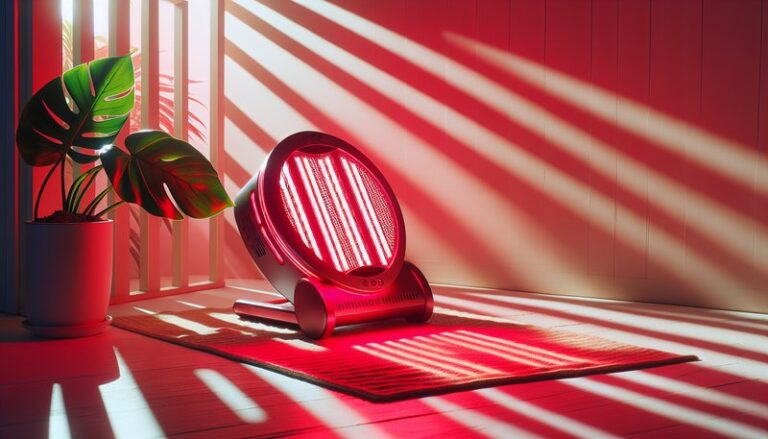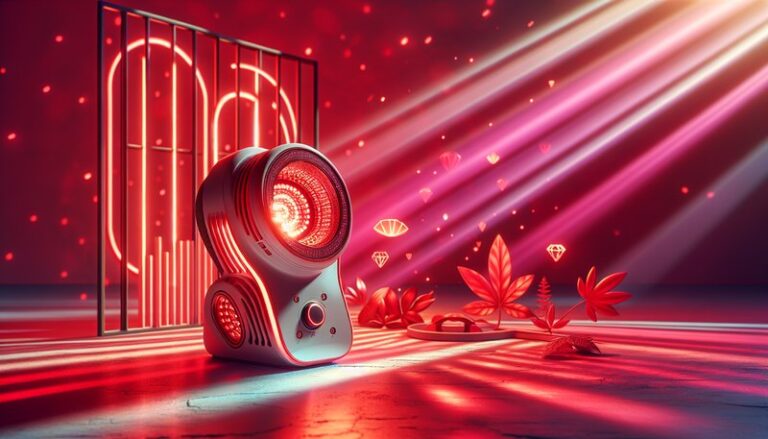Why Is Red Light Therapy So Expensive?
Why Is Red Light Therapy So Expensive?
Have you ever wondered why red light therapy devices are often priced at a premium?
This article explores the various factors contributing to the high cost of red light therapy, breaking down the technology, benefits, and considerations for potential users. By the end, you’ll have a clearer understanding of the expense behind this popular health trend.
Key Takeaways
- Understanding the technology and components involved in red light therapy can help explain its price.
- The benefits of red light therapy are significant, which can justify the investment.
- Alternative options are available that might present different costs and effectiveness profiles.
What is Red Light Therapy?
Red light therapy (RLT) is a non-invasive treatment that uses low levels of red and near-infrared light to promote healing and cell regeneration. This therapy is widely used in various fields, including dermatology, physical therapy, and wellness.
The technology behind RLT involves specific wavelengths of light, typically in the range of 600 to 1,100 nanometers. These wavelengths penetrate the skin to stimulate cellular function, enhance collagen production, and reduce inflammation.
The devices used for red light therapy vary greatly, from handheld units to large panels found in professional settings. The materials and technology used in these devices greatly influence their cost.
What are the Benefits of Red Light Therapy?
Red light therapy is known for its numerous advantages, which can make the investment worthwhile for many individuals.
Skin Health Improvement
RLT is particularly popular for its effects on skin conditions such as acne, rosacea, and signs of aging. The therapy stimulates collagen production, leading to smoother, healthier skin. Many users report visible improvements after just a few sessions.
Pain Relief
Numerous studies have shown that red light therapy can help alleviate chronic pain conditions, including arthritis and muscle soreness. By reducing inflammation and promoting healing, individuals often find significant relief without the need for medications.
Performance Enhancement
Athletes have started to use RLT to enhance performance and speed up recovery times. This therapy can reduce muscle fatigue and accelerate muscle repair post-exercise, making it an attractive option for fitness enthusiasts.
Improved Sleep Quality
Research suggests that red light therapy can improve sleep quality by influencing melatonin production. Users have reported better sleep patterns, which can improve overall health and wellness.
Is it Possible to Perform Red Light Therapy at Home?
Yes, many consumers choose to engage in red light therapy at home using portable devices. However, it’s essential to consider various factors when determining if this is the right choice for you.
What are the Advantages of Home Red Light Therapy?
Convenience is a primary advantage of using home devices. Users can perform therapy sessions on their schedule without the need for appointments at a clinic.
- Cost-Effectiveness: Over time, using a home device can be more economical than frequent sessions at a spa or clinic.
- Privacy: Many individuals prefer the comfort and privacy of their homes for wellness practices.
What are the Disadvantages of Home Red Light Therapy?
Despite its benefits, there are some disadvantages to consider.
- Learning Curve: Users may need time to understand how to use the device effectively, including timing, distance, and frequency.
- Equipment Quality: Not all home devices are created equal. Lower-quality devices may not provide the expected results.
What are the Things to Consider Before Purchasing a Red Light Therapy Device?
Several important factors should be evaluated before investing in a red light therapy device.
Check out the latest Red Light Therapy Frequency for Face
Device Quality
It’s crucial to research the quality of the device. Look for those backed by solid research and positive user reviews. Professional-grade devices are often pricier but typically more effective.
Wavelength Range
Check the specifications of the device to ensure it provides the appropriate wavelengths for your needs. Devices that offer multiple wavelengths may deliver more comprehensive benefits.
Safety and Certifications
Consider the safety of the device. Look for FDA-clearance or other relevant certifications to ensure that it meets safety standards.
Discover the details in Duration of Red Light Therapy?
What are the Alternatives to Red Light Therapy?
There are several alternative therapies that may also provide health benefits, although they might differ in effectiveness and cost.
LED Light Therapy
Similar to RLT, LED light therapy employs various colors of light to target different skin issues and inflammation. It can be found in professional and home-use devices at various price points.
Cold Laser Therapy
Cold laser therapy uses low-level lasers to treat pain and promote healing. While often more expensive due to the technology involved, it can deliver targeted results for chronic conditions.
Traditional Physical Therapy
For those primarily seeking pain relief, traditional physical therapy offers personalized treatment and rehabilitation strategies that can be tailored to individual needs. However, it may involve ongoing sessions and associated costs.
Conclusion: Is it Recommended to Invest in Red Light Therapy?
In conclusion, while red light therapy can be expensive, the potential benefits make it a worthy consideration for many individuals. Evaluating the quality of the device, understanding the treatment’s purpose, and exploring alternative therapies can help you make an informed decision.
Frequently Asked Questions
What is the typical cost of red light therapy devices?
Cost can vary widely, from several hundred to several thousand dollars depending on the device’s power and capabilities.
How often should one use red light therapy?
Frequency varies based on individual goals, but many users find benefits with regular use several times a week.
Are there any side effects of red light therapy?
Generally, red light therapy is considered safe, with minimal side effects such as mild skin irritation. However, it’s advisable to consult with a healthcare provider before starting treatment.
Can red light therapy be used in conjunction with other treatments?
Yes, red light therapy can often complement other forms of treatment, but consult a healthcare professional to discuss potential interactions or combined usage.
Is red light therapy suitable for all skin types?
Most skin types can benefit from red light therapy, but individuals with specific skin conditions should seek professional advice to ensure safety and effectiveness.






